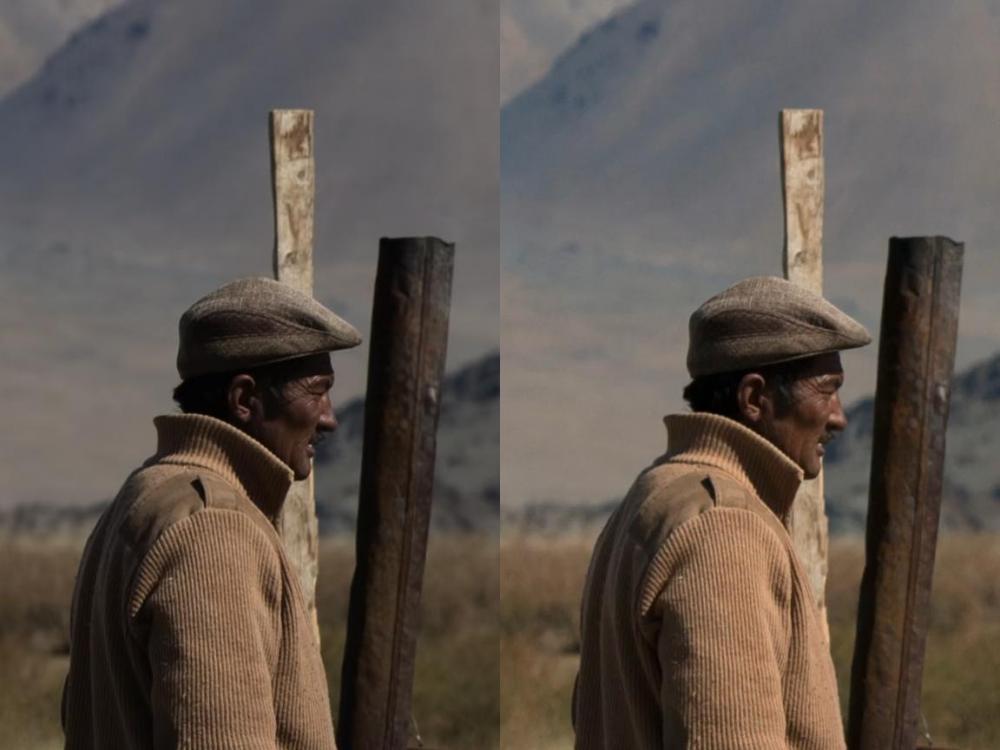

potwnc
Advanced Members-
Posts
488 -
Joined
-
Last visited
Contact Methods
-
Website URL
http://www.peoplesoftheworld.org
Profile Information
-
Gender
Male
-
Location
North Carolina, USA
-
Interests
Slideshow production for education; indigenous peoples, their culture, assimilation and their changing world; philanthropy; non-profit fundraising.
potwnc's Achievements

Advanced Member (5/6)
-
I hope you will consider allowing control of color output spaces for video output (especially HDR color spaces like P3-D60) in version 11. Without this feature version 11 would be years out of date compared to the competition.
-
Thanks, Igor. Hopefully in the next version then.
-
Just downloaded beta 4 and will test soon. In the meantime, just 1 question: which output color spaces are supported for video output? Any HDR color spaces?
-
I don't think it's just a display problem. Can you check your Pascal compiler for 23976 / 1000? It may be rounding to 23.980.
-
As long as PTE can output H.264/MP4, there are multiple free programs available to convert (transcode) that video into MPEG-2 format and author a DVD. So, I say don't waste time updating VideoBuilder - getting PTE 10 to market is more important.
-
This may seem trivial and unimportant, but it is actually critical. In PTE 8, 24p video renders to 23.976 fps, which is the standard for 24p. In PTE 9 video renders to 23.980 fps. A tiny difference, yes. But I need to re-render PTE video output using third-party software and my software does not recognize 23.98 as an input fps rate. Can this be corrected so that PTE 9 renders to 23.976 fps?
-
I am writing from the perspective of someone who only uses PTE for output to video. While PTE has grown a lot over the years in terms of video capability, it is seriously behind the competition in 2018. In a search for something like "consumer non-linear video editors" it is hardly represented. Maybe WnSoft doesn't want PTE to be marketed as such. If so, I think that's a big mistake. Some of the necessary improvements, such as a wider range of video framerates, have already been discussed recently. We now live in a world where wide-gamut viewing devices (not only TVs, but devices on which video content is created) are becoming more common and less expensive. That trend will only continue. People now expect a High Dynamic Range experience - even if they don't understand what that actually means. PTE does not support that. The comment was made in my "PTE versus a competitor" thread that the two videos could be made to look the same. Well, yes they could if I chose not to take advantage of Vegas PRO's support for DCI-P3 output. But what would be the point of doing that? Maybe the solution is for WnSoft to spin off a separate product, PTV (Pictures to Video) - although that wouldn't reflect the fact that video can be used as input as well. In any case, I would hope, at a minimum, that the next version supports two things that are essential for a competitive NLE product: (1) output to at least DCI-P3 (and, eventually in a later version, to Rec 2020 when that becomes the norm); and (2) a timeline that is - or can be switched to - marked in seconds and frames instead of seconds and thousandths of a second. I'm sad to say that after making two full-length documentary films using PTE in the past, I no longer use it at all for serious video projects.
-
Less interest than I expected in this topic. So, to close it, the screenshot on the left is from a video created in Vegas Pro 15. The original image was shot on a Nikon D800 in Adobe RGB. The video was rendered to DCI-P3 and I had my monitor in (callibrated) Adobe RGB mode. So, obviously, the screenshot on the right is from the video created in PTE 9. I don't know what color space it renders mp4 video to - I would guess either sRGB or REC 709.
-
In a few days I'll be making a lengthy post in the "suggestions" section, but first I'd like to solicit some opinion here. The attached image has the same screenshot (actual pixels, Adobe RGB color space) from identical 4K videos - one made with PTE v9, the other with a leading, professional Non-Linear Editing program. Full disclosure: I'm using a pretty high-end monitor (callibrated 4K BenQ SW27). If you're using a standard sRGB monitor the two versions of the screenshot may not look all that different to you, so if you comment that you can't tell the difference, please also include in the comment whether you're viewing on a wide-gamut monitor. Which do you think looks better? In a few days I'll say which one is from which program. The 4K videos are 15 seconds and about 55MB, so I'll also make them available in a few days also if anyone is interested.
-
Although I am rendering to 60p, I'm getting 59.94 fps. Is there no way to get 60.00 fps? 60p typically means 60.00, doesn't it?
-
Excellent, Lin, as always! Regarding file size, typically MP4 encoding will be more efficient at 60 fps vs 30 fps for the same source material, so the storage requirement would be less than double - although the exact numbers depend on many factors. I see that you targeted a bit rate of 16Mbps. A typical (commercial) MP4 encode at 1920x1080x24p would target around 20Mbps. For 60p I'd recommend you target at least 25Mbps - even as high as 40Mbps (although your file size would then be truly enormous). I played it on a fairly old system with MPC Home Cinema 64-bit and the playback was smooth.
-
I would also be interested in seeing the finished product. This preview looks wonderful. One suggestion - and of course, this is just my opinion - would be to make the flag smaller. I found that it obscured things I was trying to read while it was "blowing."
-
I don't think 800x600x30p is a supported Blu-ray standard. Can you try 1920x1080x24p?
-
A few years ago I announced a feature-length documentary made using PTE. I have just released the second documentary made with PTE. It is about the Maya people. It is available at http://www.peoplesoftheworld.org/maya/.
-
One more thought: if Wnsoft plans to make PTE a 64-bit application in the future then I suggest to keep the raw, uncompressed output option and not remove it.




